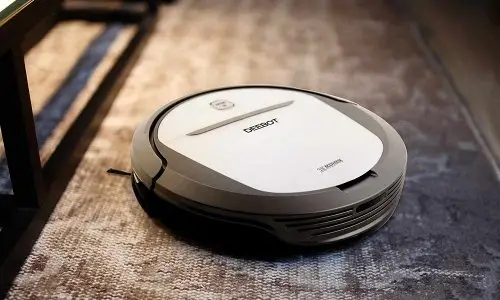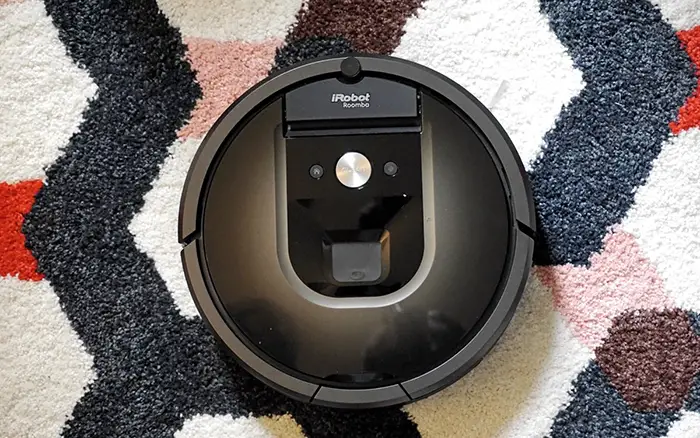
In today’s day and age people are more and more aware about the different kinds of technologies they can opt for in their products and in terms of cleaning capabilities, robot vacuums have indeed taken over and proven that they are the best. More and more users are opting for self-sufficient robo vacuum which offer way more benefits than your average vacuum cleaner instead of having to actually go an manually take out your vacuum and plug it in, not to mention lug it around behind you, it is far easier to simply invest in a robotic vacuum and set it up to do it all for you.
Roomba 690 vs. 960
In today’s article, we are going to be talking about the brand that popularized robotic vacuums and we are of course talking about Roombas which are the most famous devices in the business. We are going to discuss the pros and cons of two of the company’s best products which are the Roomba 690 and the Roomba. Both of these products have their own advantages and disadvantages as they are premium devices from the Roomba brand however in order to grant our users even more clarity in terms of which product they should opt for, we are presenting a thorough side by side comparison and analysis of these two Roombas.
Starting off this article we are going to list out the main differences between the two. The foremost differences between the two are that the Roomba 690 makes use of the patented iAdapt Technology, while Roomba 960 features a more advanced iAdapt 2.0 Technology.
Other than that the Roomba 690 is considerably less expensive as compared to the higher priced Roomba 960. In terms of the build and technology, the Roomba 690 has the Aero Vac generation, while Roomba 960 uses the Aero Force.
Now, moving onto a few similarities, both models allow the user to make use of Wi-Fi connectivity features. This means you are able to use Roomba’s mobile based application to set commands and routes for your robotic vacuum. Other than this, the 960 and the 690 both are fitted with lithium ion batteries which are fully rechargeable and will provide the user with automatic scheduling. Automatic scheduling is actually one of the pinnacles of why robotic vacuums are better than average ones as this means you can set the robot vacuum to clean at any moment in time in the future. So, essentially, even if you are not home, the vacuuming schedule will ensure your house is clean at all times.
In terms of some differences, it is important to know that the 690 makes use of an Aero Vac micro-filtration device to filter out all allergens and dust particles. On the other hand the 960 has a HEPA anti-hypersensitivity filter which is perfect for those with allergies as the charcoal layer sucks up all the impurities and contaminants.
Microfiltration has become somewhat of a legacy of the Roomba vacuums and these two are no exception as the 690 model makes use of Areo Vac filtration that lets in for small particle series in an AreoVac filter. However it is the 960 that takes it one step further as it uses HEPA filtration that will allow you to gather 99 percent of all known dust and allergens inside the vacuum cleaner. This means that whether you are dealing with a house full of pets or one where there are allergies, the Roomba 960 is better.
The Roomba 690 also lacks the newer Edge Cleaning mode and while the 690 does have side brushes that allow it to get to the corners, the 960 takes it one step further as it allows you to point out which edges need extra attention. This ensures that the vacuum will run along the edges of the mapped region you decide and use the side brushes to push dirt and particles away for an extra thorough cleaning.
The iHome app which is present in both versions lets the user incorporate a lot of cool features and trends which are otherwise impossible such as naming your robot, giving it voice commands, pressure docking the vacuum and even making use of the spot easy functionality of the vacuum.
Even if you are not at home, you can simply press the button on the app and the device will start itself. When activated, the robotic will come to the spot and make numerous round passes in a three-foot diameter around the area. The sensors alert the robot as soon as the area is clean and it’ll then resume its regular cleaning cycle after that.
The Roomba 690 makes use of counter-rotating bristle extractors to loosen up any dust and debris even from the tightest spots for removal. These are similar to the usual rotating bars on upright vacuums, and hence will also give out the same drawbacks such as the fact that hair and threads might get tangled on the extractors and will have to be manually taken off and cleaned off regularly. With the Roomba 960, you’ve got brush-less extractors that don’t get tangled as easily with lengthy hair and threads.
Now, coming to the navigation and camera capabilities, unfortunately for users, the Roomba 690 doesn’t have either. It functions using both physical and acoustic sensors, which allow it to navigate around limitations and obstructions. However, the 960 model does have a built-in digital camera that sits atop the robot vacuum.
Both the Roomba 690 and the Roomba 960 have the super cool navigation scheduling system in terms of the paths and areas the user specifies, however, in terms of whole level cleaning the 690 fails miserably and it is only in the 960 version. What this means is that after the cleaning has started, and the robotic needs to recharge the batteries, the 960 will go back to the dock and recharge. Once the batteries are fully charged the 960 will automatically leave the dock area and return to where it was cleaning before. The 690 however, does not do this.




